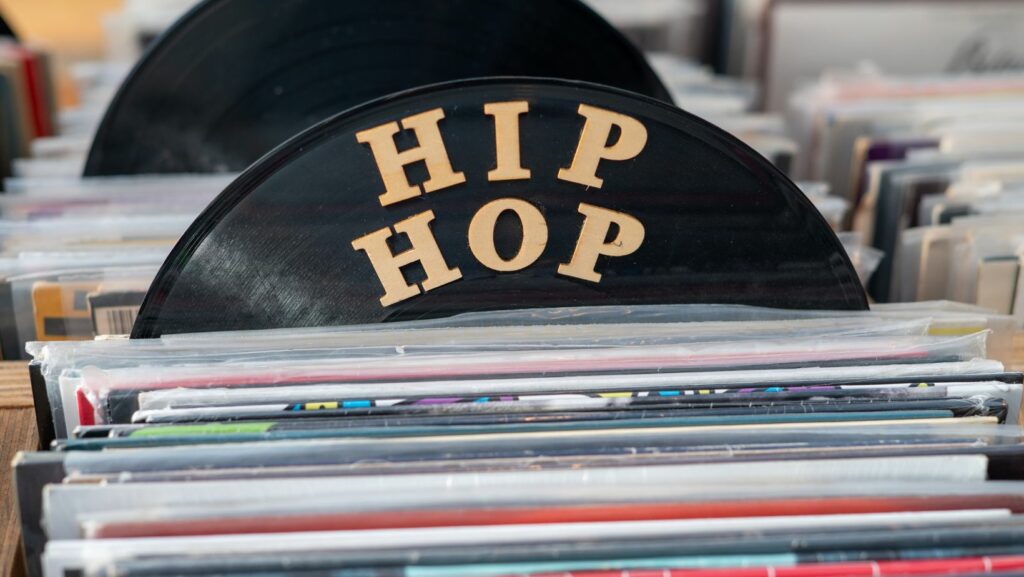Hip-hop started in the Bronx in the 1970s. It didn’t come from a music studio. It started at block parties. DJs like Kool Herc looped the best parts of funk records. This got people dancing. MCs began to speak over the beats. They didn’t just hype the crowd. They told stories. And just like that, a culture was born—raw, real, and built from the ground up, much like the rise of the best BetLabel login
experiences that now shape digital entertainment.
Not Just Music, But a Voice
Hip-hop lets people speak when no one listens. It talked about being poor, treated unfairly, and growing up in tough places. Early songs weren’t only fun. They had messages. “The Message” by Grandmaster Flash showed how hard life was in the inner city. These weren’t just rhymes. They were real-life truths.
Rhymes, Art, and Power
Hip-hop is more than just rap. It includes four main elements: MCing, DJing, breakdancing, and graffiti. Each piece told a different part of the same story. Together, they built a movement. This culture became a form of resistance. It said, “We’re here, and we matter.”
The Golden Age Changed the Game
In the late ‘80s and early ‘90s, everything shifted. Hip-hop grew fast. Artists began experimenting. They told deeper stories. Lyrics became smarter. Beats got more creative. Groups like Public Enemy used music to challenge power. Others, like A Tribe Called Quest, used jazz samples and smooth flows. This time is now called the Golden Age. Many say it was hip-hop at its best.
When the Coasts Clashed
By the mid-90s, hip-hop turned competitive. East Coast and West Coast artists started feuding. It was more than music. Media played it up. Record labels fanned the flames.

Tupac and Biggie stood on opposite sides. Both were talented. Both were young. Both died too soon. Their deaths shocked fans. And the industry changed forever.
Hip-Hop Hits the Mainstream
The late ‘90s brought new stars. Jay-Z, Missy Elliott, and Eminem became super popular. Hip-hop moved from the streets to homes all over. It showed up on TV, in movies, and in ads. This worried some fans. They feared hip-hop was losing its soul. But others saw it as growth. The genre was finally getting the spotlight it deserved.
New Regions, New Sounds
Hip-hop wasn’t just East and West anymore. The South rose up. Artists like OutKast and Lil Wayne brought fresh styles. Their beats were slower, bass-heavy, and catchy. The Midwest also joined in. Kanye West offered something different—soul samples mixed with honest lyrics. Hip-hop was growing in every direction.
Taking Over the World
Today, hip-hop is global. It’s in France, Nigeria, Japan, and Brazil. Rappers mix their own languages and beats. They use hip-hop to tell local stories. In South Korea, K-hip-hop stands beside K-pop. In Africa, artists blend rap with traditional music. Hip-hop belongs to everyone now. It crosses borders and cultures with ease.
The Digital Age Changed Everything
The internet changed hip-hop. Now, anyone can become famous without a record deal. A phone and an app are enough. Artists drop songs on YouTube or TikTok. If it hits, it goes viral. Platforms like SoundCloud gave rise to stars like Chance the Rapper. The gatekeepers are gone. Fans now decide what’s hot.
A Culture That Keeps Evolving
Some people think hip-hop today is not as deep as before. They miss the smart lyrics and strong messages. But hip-hop is always changing. It grows with new sounds and ideas. Kendrick Lamar still uses strong words. Travis Scott makes music that feels good. There’s room for both.
Women Are Owning the Mic
Women in hip-hop used to be rare. Now they dominate. Nicki Minaj broke down doors. Cardi B, Megan Thee Stallion, and others became stars.

These women don’t just join hip-hop—they run it. They rap hard. They speak boldly. And they inspire the next generation.
From Local to Legendary
Hip-hop started in one place, but now it’s everywhere. It has changed the way we dress, speak, and think. It’s in fashion, film, politics, and education. Schools study it. Museums honor it. The world watches—and listens.
A Beat That Never Stops
Hip-hop is not just about the past. It’s about what’s next. Young artists push the boundaries. They mix genres. They question rules. And they stay true to their roots. The beat keeps going. The voice keeps rising.

